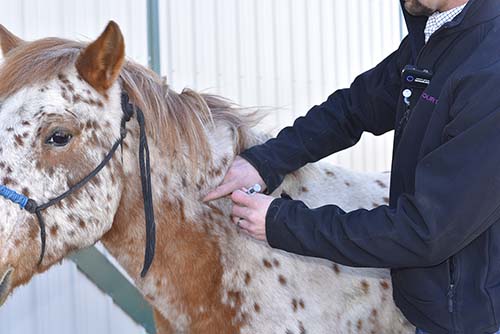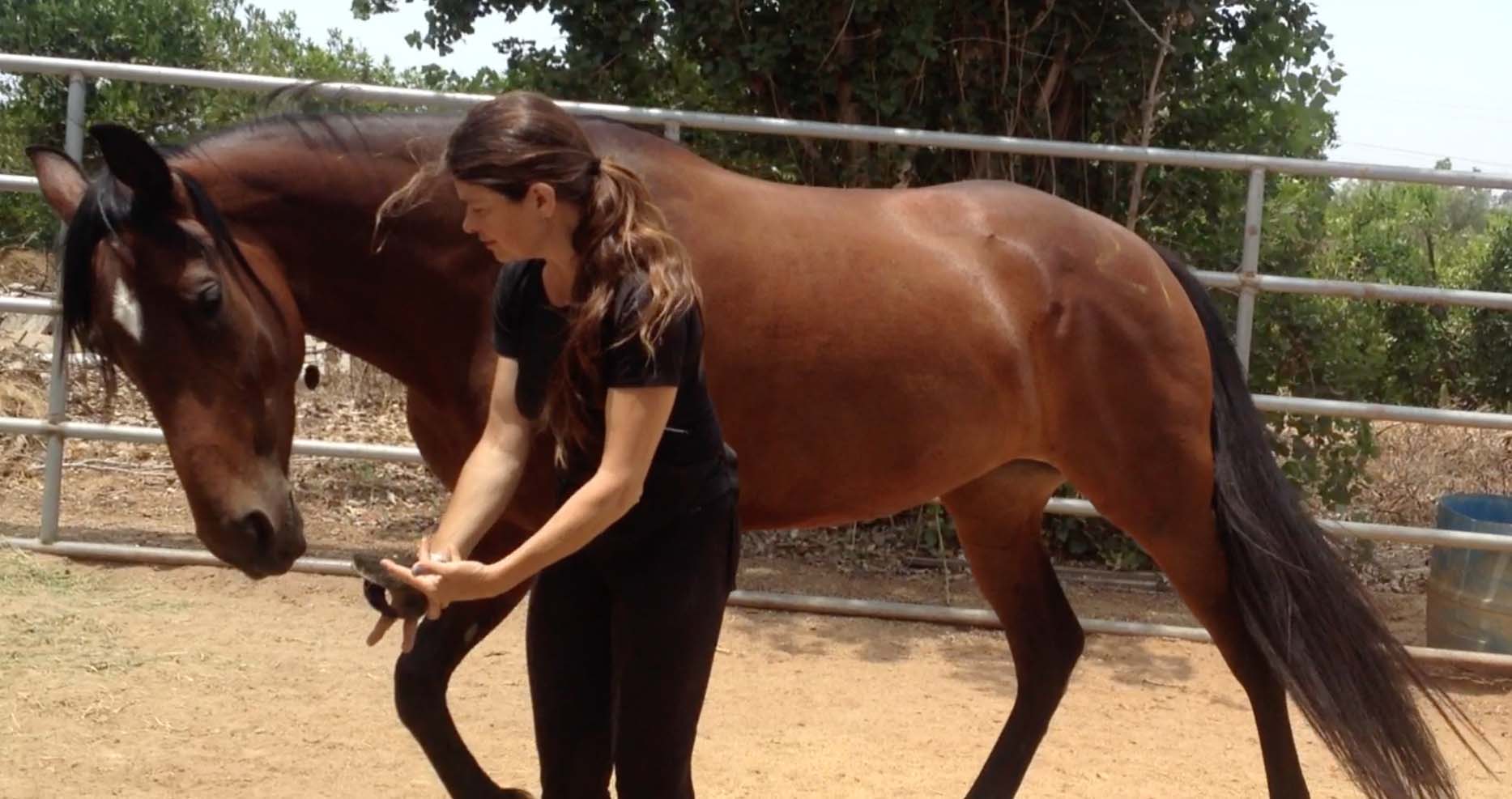Health & Education
We all want the best care possible for our horses. The Heath & Education section covers both Learning Institutions, Organizations as well as many sources for equine assistance including Veterinarians and Farriers.
For those who want a to formally study horses, the Education section includes College Riding, Equine Studies, and Veterinary Schools. Learn about the wide variety of horses in the Horse Breeds section. Supplements and Treatments Therapy are also included in the section.
Everyone can learn from Fine Art and there are some specialty Museums that might surprise you.
Horses as a therapy partner enrich the lives of the disabled. These facilities are listed in our Therapeutic Riding section. To help children and young adults build confidence and grow emotionally, please see the resources available on the Youth Outreach page.
Looking for a place to keep your horse? You can find it in the Horse Boarding section. Traveling? Find a Shipping company or Horse Sitting service if your horse is staying home!
Want to stay up to date with the latest training clinics or professional conferences? Take a look at our Calendar of Events for Health & Education for the dates and locations of upcoming events.
Do we need to add more? Please use the useful feedback link and let us know!

Disease symptoms, transmission and prevention, as described by an entomologist and veterinarian.
It was early in the mosquito season when a young cutting horse, who had just started training, became inflicted with West Nile virus.
“The horse didn’t know where he was placing his feet, and his gait was off. When the bloodwork came back, it ended up being West Nile,” said Tony Hawkins, DVM, Valley Vet Supply Technical Service Veterinarian. “It’s such an easy disease to prevent – as long as the horse is properly vaccinated, you don’t get any breakthrough infections.”
With about 10 weeks of treatment, the gelding survived and made a full recovery, which can be rare.
“Not many horses will recover fully. While the survival rate is high (67%), there can be some lasting side effects,” said Dr. Hawkins.
Since 1999, more than 25,000 cases of WNV encephalitis have been reported in U.S. horses, according to the American Association of Equine Practitioners (AAEP). Even more, horses represent 96.9% of all reported non-human mammalian cases of WNV disease.
With mortality rates reaching up to 90% from mosquito-transmitted diseases, it’s important that horses be protected.
Read more: Help Nix the Culex Mosquito that Transmits 3 of 5 Core Equine Diseases

by Alessandra Deerinck
The connection between humans and horses has always been strong and universally evident ... Opposites attract. Horses do not change their surroundings, adapt to survive wherever they find food, water and other horses, and live always alert, completely immersed in the environment.
On the other side of the spectrum, man, by nature, tends to modify everything to fulfill his life needs. For example, he builds houses that allow him to live in safety, abstracting himself from the surrounding environment.
When man met the horse he tamed it, because it seemed a resource to improve life ... and so it was! Over the centuries, humans have even modified the original equine species, creating breeds that have genetic traits that can satisfy human needs and desires.
The horse has been able to adapt to survive in conditions that are extremely different from the natural ones for him, allowing man to build entire civilizations. Nowadays the original functions that the horse has had in human life are performed by mechanical means, but, once again, due to their flexible nature, horses still find a place in our life as men of the twenty-first century.
- Research into Development of the Foal’s Gut Could Advance Treatment of Critical Cases of Diarrhea
- Mosquitoes Undeterred by Drought – 4 Tips to Protect Your Horse
- An Equine Methionine Crisis is Brewing
- Beware Supplemental Iron
- Sugar Does Not Cause Equine Metabolic Syndrome
- Welcome to London College of Animal Osteopathy (LCAO) (2:17)
- Katie Navarra Coaching - Reset: Reconnect: Reframe
- The New Foal Exam with Dr Laurie Metcalfe - Rood & Riddle Stallside Podcast
- Solving a Mare’s ‘Behavioral’ Problems
- Wintertime Equine Nutrition: 3 Facts
- The Heart of Laminitis Care
- Our First Year with Dr Peter Morresey and Dr Bart Barber
- What’s New in Equine Healthcare with Dr Peter Morresey and Dr Bart Barber
- EHV-1 Research Study and Infection Control Tips
- Hoof Care in Winter
- Caring for Barn Cats?
- Pilates for Horses—It’s a Thing
- Fix the Horse That’s Behind the Bit
- Training the Equestrian Body and Mind with Yoga
- Here Comes The Sun ~ But It’s Not Good For Everyone

































